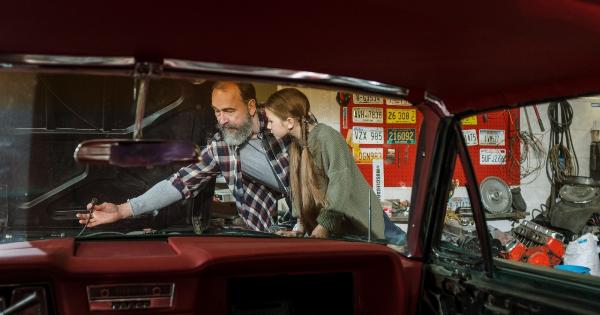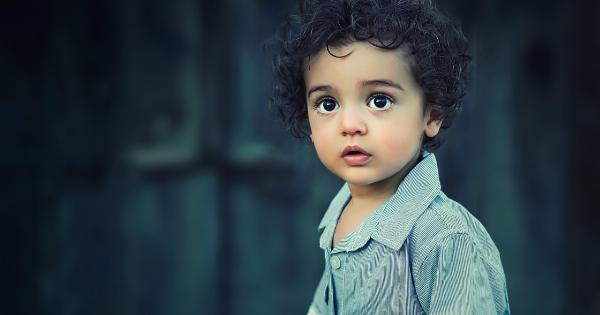Movies have a unique ability to transport us to different worlds, allowing us to experience a wide range of emotions. We laugh, cry, and even feel afraid, all from the comfort of our seats.
One of the main reasons why movies have such a powerful impact on our emotions is their ability to make us care deeply about the characters. Whether they are heroes or villains, we find ourselves invested in their stories, rooting for their successes and mourning their losses.
This article will explore the techniques that movies employ to manipulate our emotions and make us care about the characters.
The Power of Character Development
One of the most important factors in making us care about movie characters is effective character development. When characters are well-developed, they feel three-dimensional, with hopes, dreams, and flaws that make them relatable.
By revealing their motivations, fears, and desires, movies allow us to form emotional connections with the characters, encouraging us to invest in their journeys. Whether it’s a plucky underdog fighting against all odds or a complex antihero straddling the line between good and evil, well-developed characters capture our hearts and keep us engaged throughout the film.
The Importance of Casting
Another crucial aspect in making us care about movie characters is the casting process. When an actor perfectly embodies a character, it enhances our emotional connection to them.
The right casting can make a character feel genuine and authentic, drawing us into their world. Similarly, memorable performances can deepen our emotional investment in the characters, leaving a lasting impact on us long after the film has ended.
Talented actors bring characters to life in a way that resonates with audiences, allowing us to connect with their emotions and experiences.
Creating Empathy through Vulnerability
Movies often manipulate our emotions by creating empathy through vulnerability. When characters display vulnerability, whether it’s through moments of sadness, fear, or heartbreak, it humanizes them and allows us to empathize with their struggles.
By witnessing their vulnerability, we are reminded of our own emotions and experiences, forging a connection that encourages us to root for their success. These shared emotional journeys make us care deeply about the characters and invest in their ultimate outcomes.
The Role of Conflict and Stakes
Conflict and high stakes play a vital role in making us care about movie characters. Whether it’s a personal struggle, an external threat, or a combination of both, conflict creates tension and keeps us invested in the characters’ journeys.
When characters face significant challenges, we become emotionally invested in their success or failure. The higher the stakes, the more we care about the outcome, allowing us to experience a rollercoaster of emotions alongside the characters.
Building Connections through Relationships
The relationships between characters are another powerful tool in making us care about them.
When we witness genuine connections, whether it’s a romantic relationship, a strong friendship, or a familial bond, it triggers our own emotions and memories related to those types of relationships. We become invested in the characters’ well-being, their happiness, and their interactions with each other. Movies often explore complex and nuanced relationships, allowing us to connect with the characters on a deeply emotional level.
The Power of Backstory
Backstories provide valuable insight into a character’s past and shape their present motivations and behaviors.
By delving into a character’s backstory, we gain a better understanding of their actions and choices, evoking sympathy and empathy. Understanding their journey and the events that have shaped them creates a connection between the audience and the character, making us care about their struggles and triumphs.
Well-executed backstories can elicit powerful emotional responses from the audience, enhancing our investment in the characters.
Effective Use of Music and Sound
Music and sound play a crucial role in manipulating our emotions and making us care about movie characters. The right soundtrack can evoke a wide range of emotions, from joy and excitement to sadness and grief.
By carefully selecting and timing the music, filmmakers can enhance the emotional impact of a scene, making us feel more connected to the characters. Additionally, sound effects can create tension, suspense, or a sense of danger, further deepening our investment in the characters’ plight.
Creating Identifiable Goals and Desires
When movie characters have clearly defined goals and desires, it helps us connect with them on a deeper level. Whether they are striving for love, justice, or personal growth, their aspirations reflect universal human desires.
We empathize with their struggles and become emotionally invested in their journey towards achieving their goals. Movies often explore the concept of the hero’s journey, where the main character undergoes transformation and growth, inviting us to join them on their quest.
Introducing Moral Dilemmas
Moral dilemmas present characters with challenging choices that force them to confront their values and beliefs.
By introducing these dilemmas, movies provoke thought and emotion, making us care about the characters’ decisions and the consequences they may face. When characters are faced with difficult choices, it reveals their depth and complexity, prompting us to question our own moral compass and invest emotionally in their resolutions.
The Power of Visual Storytelling
Movies are a visual medium, and the way stories are visually presented can have a profound impact on our emotional engagement with characters.
Cinematography, lighting, and production design can enhance the atmosphere and tone, creating a world that draws us in and heightens our emotional involvement. Skillful visual storytelling allows us to experience the characters’ emotions firsthand, making us feel like we are right there with them, amplifying our empathy and care for their journeys.
Conclusion
Movies have a remarkable ability to manipulate our emotions and make us care deeply about the characters we encounter on screen.
Through effective character development, casting, vulnerability, conflict, relationships, backstory, music and sound, identifiable goals, moral dilemmas, and visual storytelling, movies engage our hearts and minds, eliciting powerful emotional responses. By immersing us in the characters’ worlds, movies provide an emotional catharsis, allowing us to experience a wide range of emotions while forging connections with the characters that endure beyond the credits.
It is this emotional investment that makes the world of movies such a captivating and unforgettable experience.































